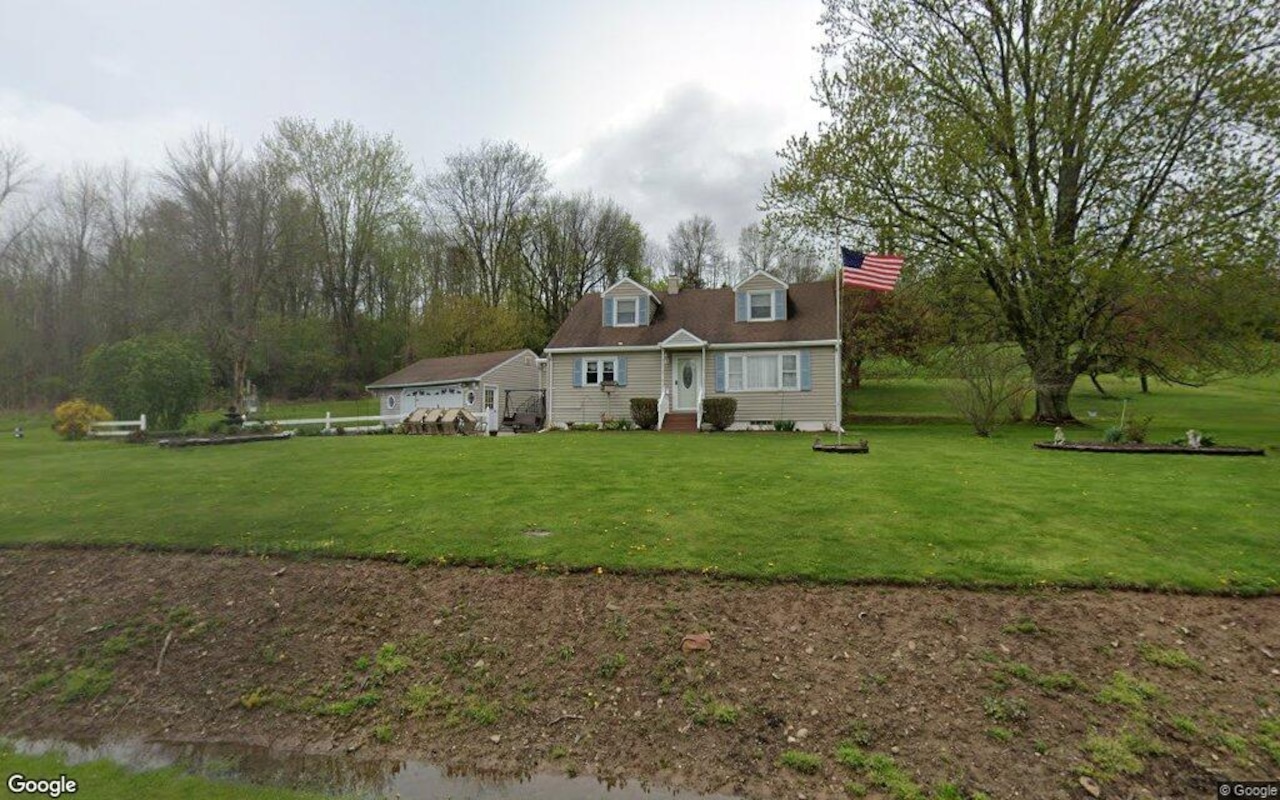N
avigating Wetlands in Coastal North Carolina Real Estate Development
Coastal real estate development in North Carolina has undergone significant changes following regulatory updates. Developers must understand the current wetlands regulation framework to plan and assess risks for their projects.
The Path to Today's Regulatory Framework
In 2023, the EPA and Corps revised the definition of "Waters of the United States" (WOTUS), aiming to clarify federal protection under the Clean Water Act. The Supreme Court's Sackett v. EPA decision further limited federal wetlands protection to those with a continuous surface connection to navigable waters. North Carolina adopted this framework, restricting state-defined wetlands to those protected by the federal government.
Implementation Realities in 2024
The Corps developed regional guidance for coastal areas, focusing on unique characteristics of North Carolina's wetlands. Environmental consultants reported challenges in determining "indistinguishable" wetlands, particularly with seasonal hydrologic connections or artificial separations between wetlands and navigable waters. The permitting process evolved to include more detailed documentation requirements.
More Changes in 2025
The EPA issued a joint memorandum with the Corps providing new guidance on implementing the Clean Water Act and applying the "continuous surface connection" standard. Discrete features, such as non-jurisdictional ditches or man-made swales, cannot create a continuous surface connection between WOTUS and adjacent wetlands.
Impact on Coastal Development Projects
The evolution of the "continuous surface connection" standard will transform how wetlands are evaluated in coastal areas. Developers must consider jurisdictional issues raised by state and local regulations, including CAMA oversight for specific coastal wetland species and vegetative buffers along streams and rivers.
Practical Strategies for Coastal Developers
Before purchasing coastal property, developers should conduct thorough due diligence, including a preliminary survey of wetlands under the new guidance, assessment of potential state and local regulations, and analysis of potential mitigation requirements and costs. Site analysis by trained wetlands professionals continues to be highly recommended.
Conclusion
The transformed regulatory landscape presents both opportunities and challenges for coastal development in North Carolina. Success requires understanding current requirements and anticipating changes in state and local regulations. Developers who adopt a proactive approach to wetlands will be best positioned for success, working closely with environmental consultants, legal counsel, and regulatory agencies to navigate this complex landscape.















